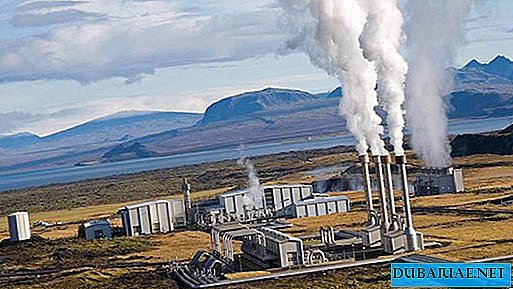The United Arab Emirates is exploring the potential of geothermal energy as a new source for the country's needs.

Researchers from UAE University (UAEU) study geological objects in some areas of the UAE - in Al Ain and in the emirate of Ras Al Khaimah. Their goal is to determine the potential use of geothermal energy, heat produced in the bowels of the Earth, as a new source of clean and renewable energy for the UAE.
"This project was launched in January this year to understand the possibility of using geothermal energy in the UAE," explained Dr. Hakim Saibi, associate professor of geophysics at UAEU.
“Research included magnetic exploration, a measurement of the magnetic field in the area, allowing us to understand the geological structure of the place,” he added.
Secondly, the researchers collected and sampled water in these places. Water was analyzed in laboratories, which provided important information about its composition and temperature. The information obtained made it possible to judge that the water temperature in underground reservoirs with a depth of 3 km in selected areas reaches about 120 degrees Celsius.
According to Dr. Saibi, these data indicate the possibility of using geothermal energy in the UAE.
"Based on our findings and the data collected at these facilities, we can produce about 1000 megawatts of electricity using geothermal energy in these areas," he said.
According to him, this energy is enough to power hundreds of houses, and without CO2 emissions. The production of geothermal energy is also very cost-effective, said Dr. Saibi. At the beginning there will be some costs in the development of technology and the construction of a power plant, but after that the costs will be reduced.
"This is a very large and important project, it is very useful for the UAE to have renewable energy sources, whether it be solar, wind, or, as in this case, geothermal energy," he said.









